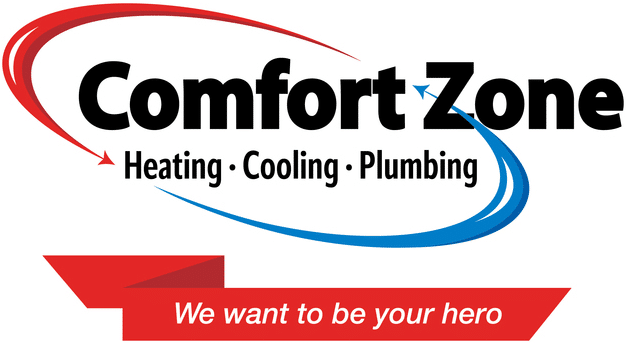Did you know the air in your home is only as clean as your heating system? That’s especially true if you have a forced-air furnace with ductwork. To understand how your heating system affects the quality of the air you and your family (including pets!) breathe in, it helps to take a quick look at how air travels through the system.
HVAC Airflow 101
Every heating cycle starts with the heater’s fan sucking in air from the rooms in your home. But it also sucks in dust and other impurities, like pet dander, smoke, and even bacteria and mold spores. The air, and everything in it, travels through ductwork and passes through the HVAC filter before entering the “business end” of the furnace, where it is heated.
The fan then blows the warmed air through more ductwork, delivering it back to your living space through your vents. You might think this warm air is free of impurities because it went through the furnace filter. Unfortunately, that’s not really the case.
No Furnace Filter Captures All Contaminants
You are probably familiar with the MERV number that appears on furnace filters. As the MERV number increases, so does the ability of the filter to capture smaller and smaller particles. Impurities that the filter does not capture travel into the heater and the ductwork that carries the warmed air. Some of these impurities settle in the heater and ducts; others get blown back into your home.
You can imagine how all those contaminants build up in your heater, ductwork, and furnace filter over time. So, how do you keep your indoor air healthy for you and your loved ones? Four simple steps go a long way in improving indoor air quality.
4 Steps Toward Better Indoor Air Quality
- Use the highest MERV number that works with your furnace. It’s important that the MERV number of the filter you use is right for your furnace. Too high a MERV can compromise proper functioning of your heating system. Check the manual for your furnace, or consult with a qualified HVAC professional.
- Change your air filter regularly. We recommend changing the air filter every 4 to 6 weeks. If you’ve had work done in your home that creates dust and debris, such as a remodeling project or refinishing wood floors, you should change the filter as soon as the work is complete.
- Have professional furnace maintenance done once a year. Along with a heating tune-up and safety check, Comfort Zone’s furnace maintenance includes cleaning. This not only takes care of debris that has built up, it also helps your heater run more efficiently.
- Ask your HVAC tech about duct cleaning. House-cleaning habits aside, some homes are more contaminant prone than others. The age of a home, type of building materials, and setting (urban, suburban, or rural) can all have an impact. When you’re having your furnace maintenance done, talk to your tech about whether duct cleaning makes sense for your home.
Haven’t done your annual heating tune-up yet? It’s never too late. Schedule your heating tune-up today.
